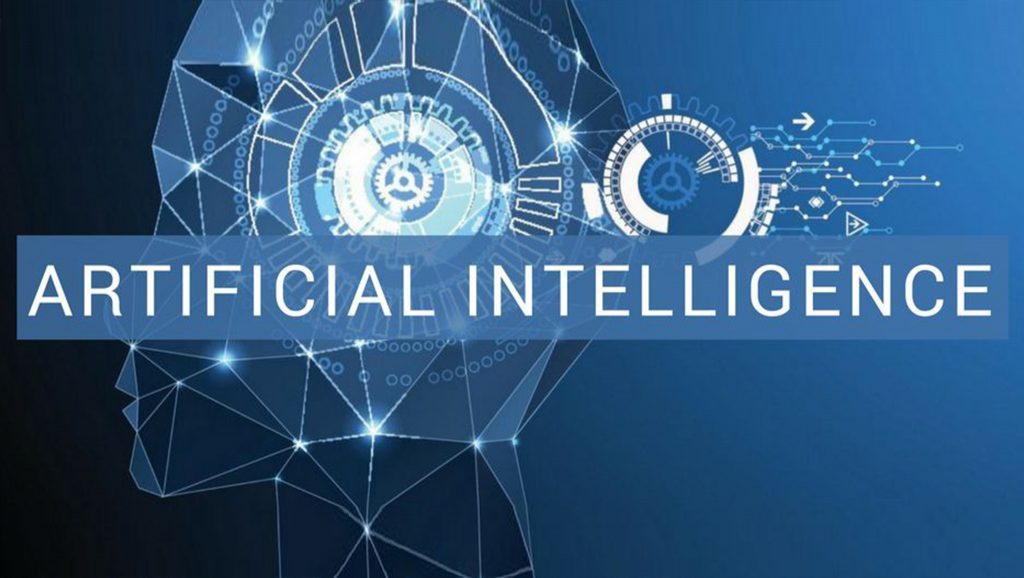According to several scientists specialized in AI Programming, the current challenge is to design systems that can solve problems of everyday life. Greg Corrado, an artificial intelligence developer in the machine learning team at Google, explains that “artificial intelligence is an effort to build machines that can learn from their environment, from their mistakes, and from people”, and contrary to what many may believe, we use in more than one application installed on the phone.
Below we present five applications that make use of artificial intelligence, and that we use every day to solve everyday problems.
– Google Inbox
The Google app recently announced Smart Reply, a function that responds to emails as the user would. How do you use artificial intelligence? In order for Inbox to respond in a similar way to how a person would do it, Smart Reply analyzes several email conversations with an emphasis on responses. The analyzed answers feed a predictive algorithm that allows simple answers like a “thank you” to more complete ones like “what do you think of tomorrow?”. Smart Reply can answer with up to 20 thousand phrases.
– Google Translate
One of the most useful Google apps would not be possible without artificial intelligence. How do you use artificial intelligence? The Google translator does not understand grammar rules but bases his results on a statistical analysis of patterns found in millions of documents that were translated by humans. And since the understanding of language is always subject to context, Google’s translator finds patterns in contexts previously analyzed to offer the most accurate translation possible.
– Google Photos
Google Photos is one of the most useful apps for the administration of photographs, and that its premiere just happened last June. How do you use artificial intelligence? Photos analyze and organize images in groups, identifying different characteristics as if in the background there is a beach or trees, and since each photograph integrates geolocation data, it can recognize if a photograph was taken in Paris. Although Google Photos has proven highly reliable recognizing objects or places, you must refine your face detection system.
– Facebook
The reason why Facebook offers attractive content to the user is the use of artificial intelligence. How do you use artificial intelligence? Facebook analyzes the behavior of the user within the social network to offer content appropriate to their tastes. For example, if a user indicates that a publication on the vehicle holding tax is liked, Facebook interprets the like as a statement of interest; thus, Facebook will offer more pages with content related to vehicle ownership. Facebook does practically all the actions of the user, so it analyzes thousands of millions of data.
– Netflix
Choosing what to watch on Netflix depends a lot on your recommendation system. How do you use artificial intelligence? Netflix bases its recommendations analyzing what kind of series or movies the user prefers. Choosing e.g House of Cards over Orange is the new black might suggest that the user prefers dramas than comedies. Doing it at a certain time of the day also gives Netflix information about the user’s consumption habits; For example, if you use Netflix during the week between 7 and 9 o’clock at night, the user may be an adult using his free time. On the other hand, if you use Netflix during the week in the morning, it is likely that it is a child, even if you are not using a profile aimed at them.
After reading about these innovative apps there is a good chance that you shall come up with a similar AI software of app, someday. The next thing that you will think about is hiring a great AI developer. And India is the best place to get AI programming in India.
As a fact, India has experienced a spectacular development determined by the rise of new technologies to the point of becoming the world’s leading exporter of software and computer services. It is also the country with the highest number of qualified engineers and the third with the largest reserve of the technological workforce.
India has created top-notch information technology (IT) services based on innovation and quality. With a great abundance of highly qualified engineers, the sector has gone from billing 50 million dollars to 150,000 million in less than 30 years, and currently contributes 8% of GDP and 20% of exports. More than 60% of the working population are people under 25 years of age, and the young Indian consumer is completely at ease with the technology. So you can get AI programming in India at much lower rates as compared to the US or Europe.









